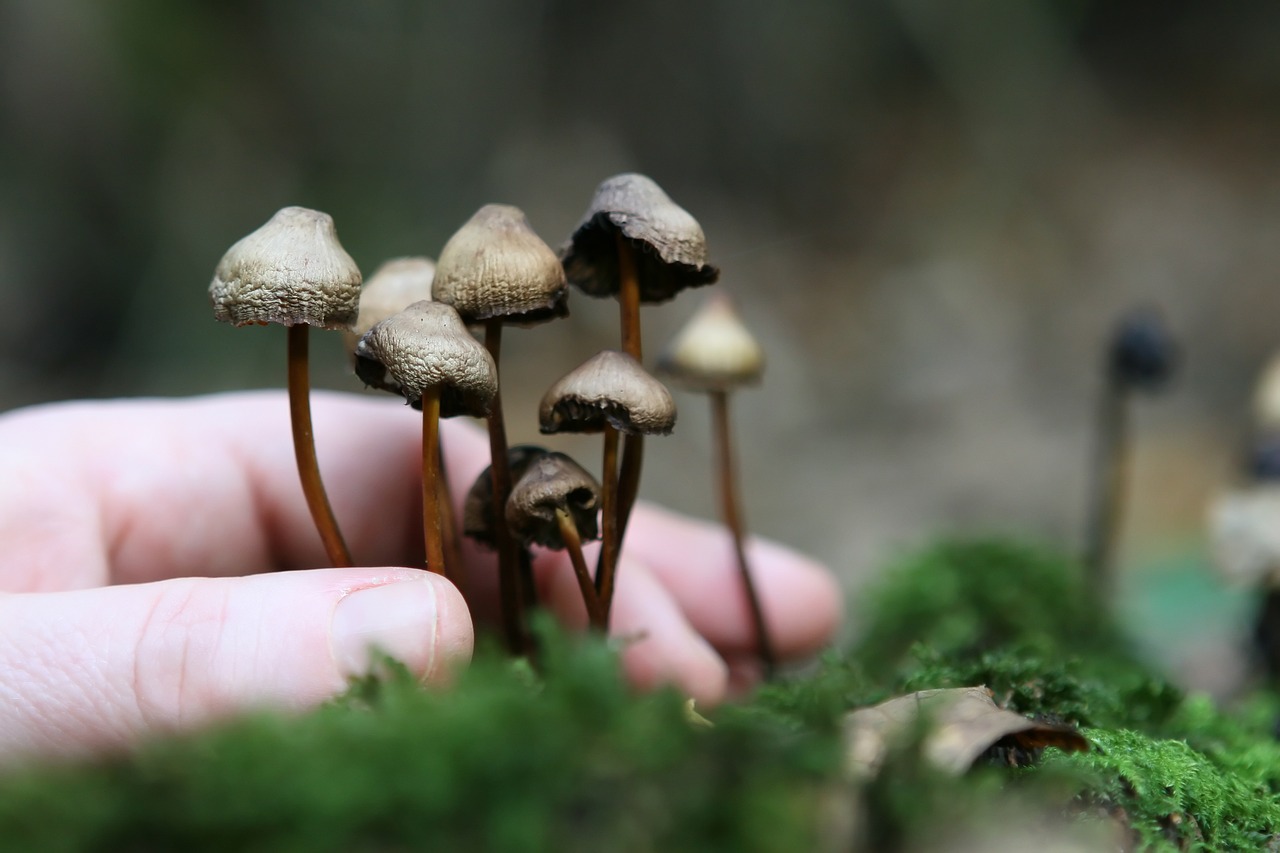Comprehending Mycelium
Mycelium, the foundation of fungi, operates as the mushrooms’ digestive system. It hunts for nutrients, converts them into an absorbable form for the fungus, and nourishes the fungus. The resulting byproduct enriches the nearby soil, creating a nutrient-rich biomass ideal for gardening and imparting vital nutrients to other plants.
Beyond their contribution to mushroom growth, mycelium networks are instrumental in the wellness and development of many land plants, including trees. For example, tree roots engage in a mutualistic exchange with fungi: the tree gives the fungus sugar-based carbon, and in return, the fungus provides the tree with critical minerals like nitrogen and phosphorus. Learn more about this interaction here.
Intriguingly, mycelium networks function like an underground communication network among plants, analogous to our brain’s neural networks. Recent scientific studies indicate that plants and trees could have rudimentary nervous systems that fungi may influence, impacting functions such as communication, memory, and learning. Furthermore, mycelium enhances soil health by decomposing organic waste and neutralizing any pollutants.
If you’re curious about growing magic mushrooms, it’s essential to understand how mycelium develops. While the cultivation process might seem daunting for beginners, comprehending mycelium is a vital initial step. Though buying mushrooms from Schedule35 Canada online is always a possibility, learning about mycelium can enrich your cultivation journey.
Mycelium’s Growth Journey
When fungal spores find a suitable growth environment, they kick start the formation of two mycelium types. The first type, known as primary or monokaryotic mycelium, has a single nucleus in each cell and is usually invisible to the naked eye. The second type, referred to as secondary or dikaryotic mycelium, is visible and houses two nuclei in each cell.
Upon germination, fungal spores start forming what is known as a monokaryotic mycelium, the initial or primary mycelium. When it comes into contact with another compatible monokaryotic mycelium, they combine to form the second stage, referred to as the dikaryotic mycelium. It’s this secondary mycelium that possesses the capability to produce mushrooms or sclerotia.
Mycelium Categories
Mycelia can be categorized into three types, two of which signify successful cultivation.
- Rhizomorphic mycelia resemble string-like extensions. They’re recognizable and like all mycelia, consist of units called hyphae. The network of grouped hyphae is known as rhizomorphs. Rhizomorphic mycelia extend first, then send back chemical signals to the colony suggesting that the forward area is conducive for nutrient provision. The other mycelia then proceed to follow. The hyphae at the rhizomorphic mycelia’s tip release peroxidase, a substance that breaks down the material ahead for nourishment. The hyphae then spread over the material, distributing nutrients throughout the colony. Due to the increased potential for mushroom production from the substrate, many cultivators prefer this type of mycelia.
- Tomentose or “Fluffy” mycelia, bear more similarities than differences to Rhizomorphic mycelia. However, the arrangement of the fluffy mycelia strands is distinctive. While the strands might not be instantly visible, they are indeed there. Their cotton-ball-like appearance suggests that the strands are grouped together. Whether your mycelia develop tomentose or rhizomorphic traits largely hinges on the growing environment. There’s ongoing debate among cultivators as to whether the type of mycelia impacts the growth rate or the yield.
- Aerial mycelia appear when the growth conditions are not optimal. In such situations, the mycelia tend to grow outward instead of spreading across the medium or forming a ball. Often confused for bacterial infection, this type of mycelia can impede your mushroom cultivation, resulting in weaker, smaller mushrooms. Aerial mycelia typically occur due to inadequate fresh air exchange and excessive humidity.
Mould or Mycelium?
Distinguishing between mould and mycelium is vital. If you observe green, blue, grey, or black patches on or within your fruiting box, it’s likely your culture is contaminated. Discolouration is the primary indicator. Although blue spots might occur, they could simply be bruises.
Cobweb moulds are generally quite conspicuous. Instead of the bright The Mycelium is usually characterized by a grey tint and a fluffy, string-like texture. Although cobweb moulds and green moulds pose no harm to humans, they can adversely impact the health of your mushrooms.
Schedule35 Canada: Your Ultimate Guide for Mushroom Information
Whenever you think of psychedelic mushrooms in Canada, remember Schedule35 Canada. We are committed to providing you with crucial knowledge to ensure a safe and pleasurable mushroom experience.





